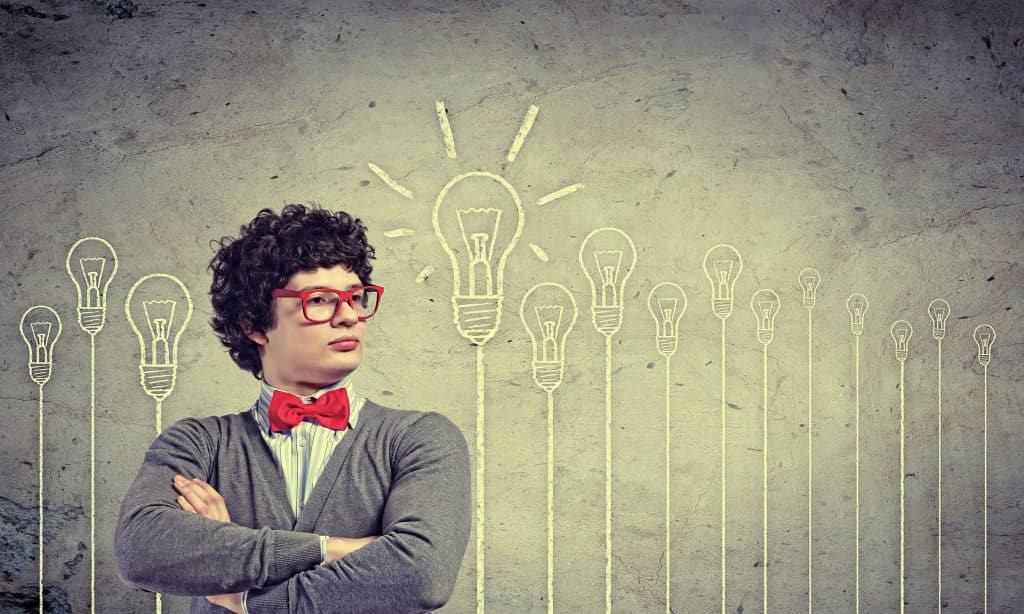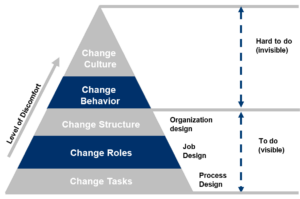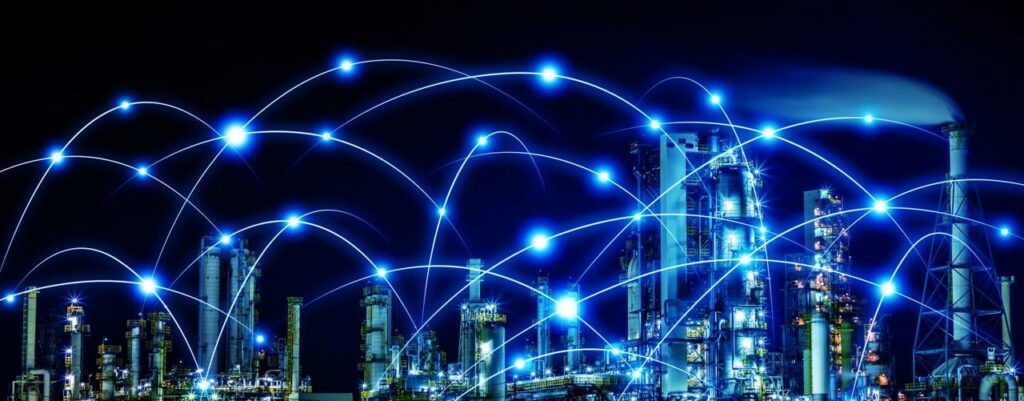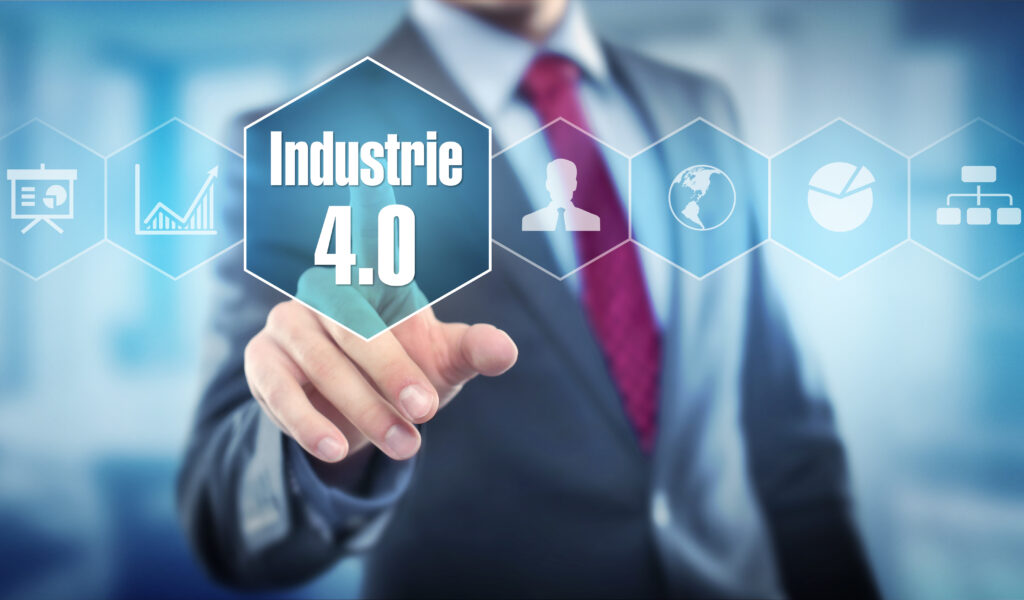A while ago I have read an interesting book about organization culture called “Improving Maintenance Reliability Through Cultural Change”. The book was off my radar however during my digital transformation journey helping customers to transform their company, I realize how relevant the content of this book still is. It has been said many times: Transformation is about people, process and technology. Thousands of articles have been written about these three cornerstones. However, one question remains: What glues these three cornerstones together? Although I don’t have the exact answer, personally I think it is organizational culture. You may ask yourself now: “Nice, but what do you mean with organization culture?” And again there are of many definitions for culture, the one I like was also mentioned in the book:
“A pattern of shared basic assumptions that the group learned as it solved its problems of external adaptation and internal integration that has worked well enough to be considered valid, and, therefore, to be taught to new members as the correct way to perceive, think, and feel in relation to those problems.”
Before companies start with the digital transformation journey, a good understanding of your current organizational culture is crucial for the simple reasons; it could be one of your biggest constraints for change. The culture is often a result of many years of how we work; also called rituals. These rituals are often reinforced to emphasize this is the best for the company, but also often for individual employees because they are rewarded for executing the work according to the ritual. A good example is energy saving by means of collecting data to determine the saving. The person responsible for doing this has achieved nice results and has been rewarded several times for the cost savings. In other words, he is a role model for the company. Although his methodologies are old fashion, there is nobody in the organization who doubt his competences, skills, and recommendation. However, with digital twin (modeling the process and energy units and running real measured data into the model), results can be achieved what goes far beyond the current old fashion methodology; gathering data and making individual calculations. You would expect that this role model responsible for energy would welcome our solution for energy saving by means of the digital twin. The opposite is true, the role model understands very well that his current reinforcement of reward will be heavily disturbed by taking the digital twin on board. Namely, the model will calculate automatically how energy can be saved and provide direct instructions to the operators without any intervention of the role model. This is, of course, great for the company because it can save millions annually, but it is “bad” for the role model because he will not get the regular compliments anymore. These compliments will go indirectly to the digital twin and directly to the operators. So, the current culture and the role model who has done a marvelous job in the past is suddenly the biggest constraint for change. As long as this has not been identified by the company, it is almost mission impossible for me to have an open discussion with the role model and show the person all the benefits with a return of investment of less than 12 months. Of course, I could bypass the role model and speak directly to the plant manager or director however than you may underestimate the power of a role model in your organization. I will not change this by means of a single conversation. So a role model is a constraint? Definitely not, for the simple reason you need role models for the change. Role models are crucial for change because they are an example to others, and they inspire other colleagues. A role model who believes in the change and even better has done it before, so the person knows the reward, is one of the prerequisites to make change happen. You just need to know what kind of role models you have in your organization, the one who genuinely wants to change and the one who doesn’t want to change, but often not share this with others. Do you know what type of role models you have in your organization?





